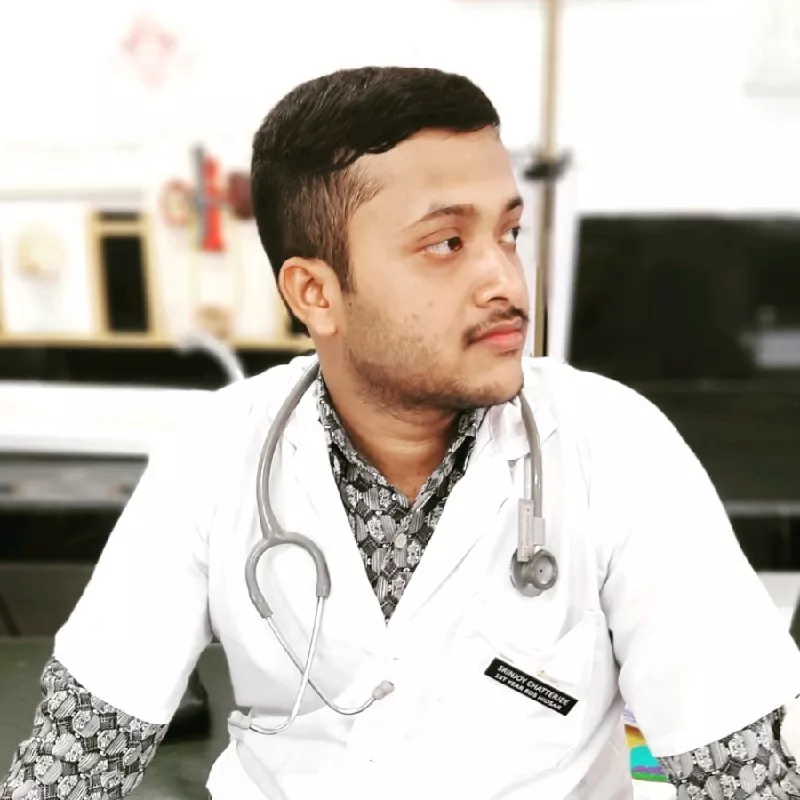Keywords Museum , Dentistry
Abstract
Dental Museology, a niche field within the broader spectrum of museology, focuses on the preservation, study, and exhibition of artifacts, documents, and specimens related to dentistry. Museums dedicated to dental history play a crucial role in educating the public, preserving cultural heritage, and advancing research in the field of dentistry. In this article, we will delve into the significance of dental museology, its historical context, the role of museums, challenges faced, and the future prospects of this unique discipline.
Historical Context
The roots of dental museology can be traced back to ancient civilizations where rudimentary dental tools and techniques were utilized for oral care. Ancient Egyptian, Greek, and Roman cultures employed various methods for dental treatment and maintenance, as evidenced by archaeological discoveries of dental artifacts. However, it was not until the modern era that the systematic collection and preservation of dental artifacts began.
The Role of Museums in Dental Museology
Museums dedicated to dental museology serve multiple purposes:
- Preservation of Cultural Heritage: Dental museums collect, catalog, and preserve historical artifacts, documents, and specimens related to dentistry. These collections serve as valuable resources for researchers, educators, and the public interested in the history and evolution of dental practices.
- Education and Outreach: Dental museums provide educational programs, exhibits, and resources to inform the public about the history, science, and art of dentistry. Through interactive exhibits, lectures, and workshops, visitors gain insight into the development of dental techniques, technologies, and oral health practices over time.
- Research and Scholarship: Dental museums support scholarly research in the field of dental history, anthropology, and archaeology. Researchers have access to museum collections for studying dental artifacts, conducting comparative analyses, and exploring the cultural, social, and technological aspects of dentistry.
- Professional Development: Dental museums offer professional development opportunities for dental practitioners, students, and scholars. Workshops, conferences, and symposiums hosted by museums facilitate networking, knowledge exchange, and continuing education in specialized areas of dentistry.
Challenges in Dental Museology
Despite its significance, dental museology faces several challenges:
- Preservation and Conservation: Maintaining and preserving dental artifacts, especially fragile materials like ancient teeth and dental tools, requires specialized conservation techniques and facilities. Adequate funding and resources are essential for ensuring the long-term preservation of museum collections.
- Public Engagement: Dental museums often struggle to attract a diverse audience and engage the public effectively. Developing innovative exhibits, educational programs, and outreach initiatives can help museums broaden their appeal and foster greater community involvement.
- Interdisciplinary Collaboration: Dental museology intersects with various disciplines such as history, anthropology, archaeology, and medicine. Collaborative efforts among professionals from different fields are essential for advancing research, interpreting collections, and addressing complex issues related to dental heritage.
- Technological Advancements: Keeping pace with technological advancements presents both opportunities and challenges for dental museums. Digital preservation methods, virtual exhibits, and online platforms offer new avenues for accessibility and outreach but require investment in technology infrastructure and expertise.
Future Prospects
Despite the challenges, the future of dental museology is promising.
- Digitisation and Accessibility: Advancements in digital technologies enable dental museums to digitize their collections and make them accessible to a global audience. Virtual tours, online databases, and digital archives enhance outreach and educational opportunities beyond the confines of physical museum spaces.
- Interdisciplinary Research: Collaborative research initiatives involving dental historians, archaeologists, anthropologists, and clinicians contribute to a deeper understanding of dental heritage and its implications for contemporary oral health care practices. Interdisciplinary approaches enrich scholarship and promote cross-cultural dialogue in the field of dentistry.
- Community Engagement: Dental museums are increasingly focusing on community engagement and outreach to diverse audiences. Partnerships with schools, libraries, and healthcare organizations facilitate interactive programming, oral health education, and public awareness campaigns, fostering a sense of ownership and relevance among local communities.
- Sustainability and Innovation: Embracing sustainable practices and innovative approaches to museum management and programming ensures the long-term viability of dental museology. From eco-friendly exhibition design to creative fundraising strategies, museums can adapt to changing societal needs and environmental concerns while preserving the legacy of dentistry for future generations.
Conclusion
Dental museology plays a vital role in preserving the rich heritage of dentistry, educating the public, and advancing scholarly research in the field. By embracing interdisciplinary collaboration, leveraging digital technologies, and fostering community engagement, dental museums can continue to thrive and evolve in the dynamic landscape of cultural heritage preservation and public education.





















Comments